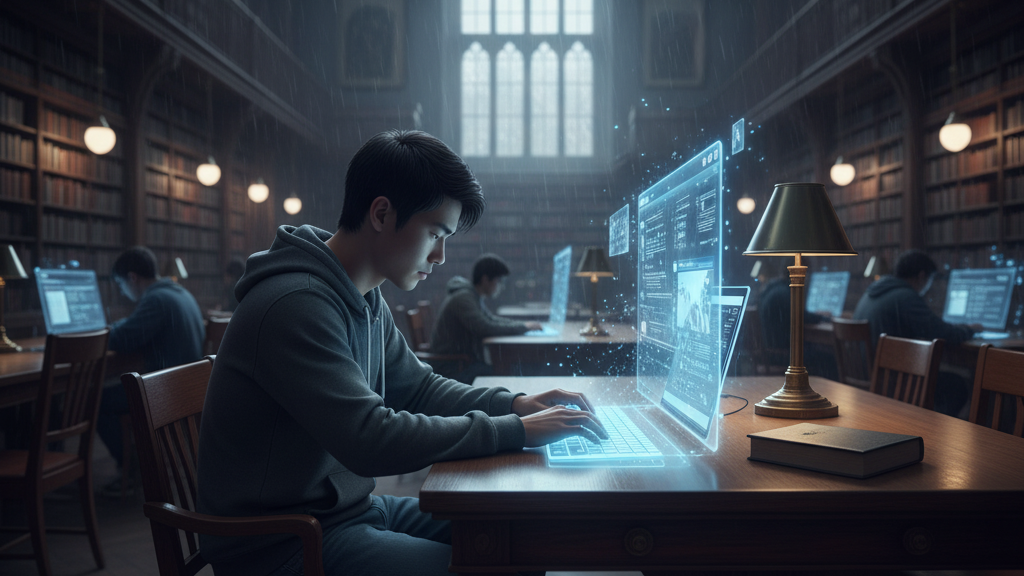
Source
The Chronicle of Higher Education
Summary
Amid growing integration of AI into student learning (e.g. ChatGPT “study mode”), there’s a quieter but profound concern: the erosion of collaborative study among students. Instead of learning together, many may retreat into solo AI-mediated calls for efficiency and convenience. The authors argue that the informal, messy, social study moments — debating, explaining, failing together — are vital to the educational experience. AI may offer convenience, but it cannot replicate human uncertainty, peer correction, or the bonding formed through struggle and exploration.
Key Points
- AI “study mode” may tempt students to bypass peer collaboration, weakening communal learning.
- The social, frustrating, back-and-forth parts of learning are essential for deep understanding — AI cannot fully emulate them.
- Faculty worry that students working alone miss opportunities to test, explain, and refine ideas together.
- The shift risks hollowing out parts of education that are about connection, not just content transmission.
- Authors advocate for pedagogy that re-centres collaboration, discourse, and community as buffers against “silent learning.”
Keywords
URL
https://www.chronicle.com/article/ai-is-making-the-college-experience-lonelier
Summary generated by ChatGPT 5



